In modern water management systems, how to ensure a continuous and stable water supply is the key to ensuring efficiency and system reliability. As an advanced pumping technology, whether in agricultural irrigation, industrial water treatment, or urban water supply systems, self priming pump meet the needs of efficient water flow and continuous operation with their excellent performance, improving the overall efficiency of water management.
One of the core advantages of self-priming pumps is that they can provide efficient and stable water flow. Compared with traditional pumps, self-priming pumps can automatically suck in water when starting and quickly enter the working state without additional pre-filling water preparation. This feature is crucial for systems that require continuous and stable water flow, especially in agricultural irrigation, cooling systems and water supply networks.
Because the design of the self-priming pump can cope with pressure fluctuations and air in the liquid, it can maintain a stable flow rate when working, even when the water source conditions change greatly or there is air in the liquid. This stability effectively avoids equipment shutdowns caused by flow fluctuations, reduces system downtime, and ensures continuous water supply. In a long-term water management system, the reduction in downtime can greatly improve overall production efficiency.
Self-priming pumps not only provide a steady flow of water, but also effectively reduce energy consumption. Compared with traditional pumps that need to be started multiple times and pre-filled with water, self-priming pumps can automatically absorb water and start working quickly without additional energy consumption. This makes self-priming pumps more energy-saving in water treatment and water management. Reduced energy consumption means a reduction in system operating costs, especially in large-scale water supply and long-term industrial projects, the high efficiency of self-priming pumps saves a lot of energy costs.
The design of self-priming pumps ensures that they can maintain high reliability in different working environments. Since they do not require complicated water filling preparations, the pump has a lower wear and failure rate, reducing the maintenance requirements of the equipment. Traditional pumps are easily affected by unstable water sources or air ingress during startup, resulting in damage to the pump body or reduced efficiency. Self-priming pumps avoid similar problems because they can automatically remove air. Reduced maintenance frequency and fewer failures extend the service life of the equipment, thereby reducing the frequency of replacing equipment or parts, further reducing maintenance costs.
In many practical application scenarios, changes in water sources are a common challenge, especially in groundwater extraction, river water supply, etc. Self-priming pumps can adapt to these changes and provide reliable water flow. Regardless of the sand content of the water source, flow fluctuations, or occasional air incorporation, the self-priming pump can work stably to ensure continuous water supply. This ability to cope with changes makes the self-priming pump an ideal choice for a variety of complex water source conditions, especially in systems that require 24-hour uninterrupted operation.


 English
English русский
русский عربى
عربى

.jpg)
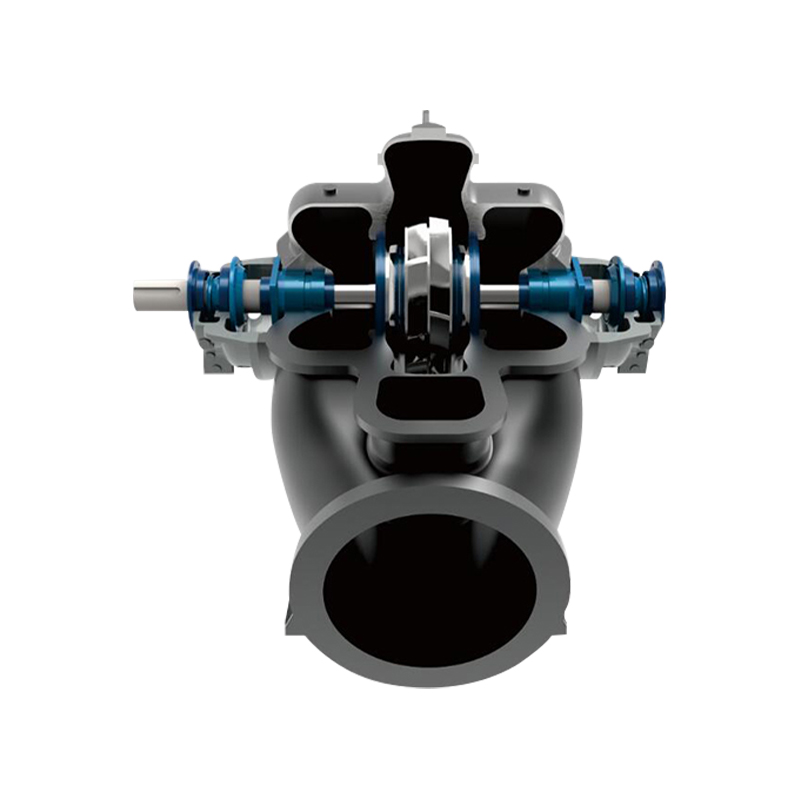
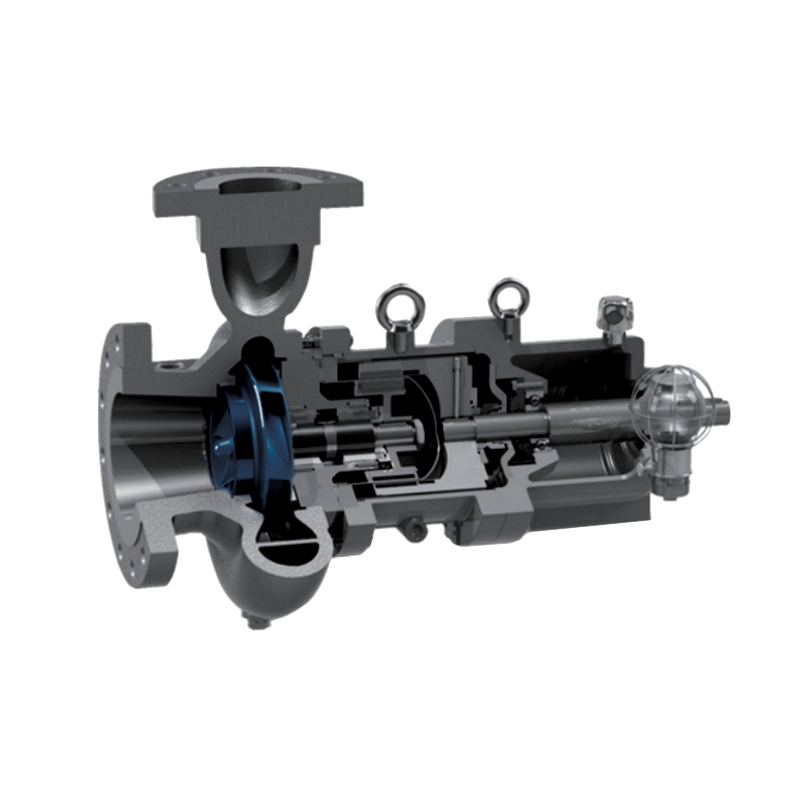
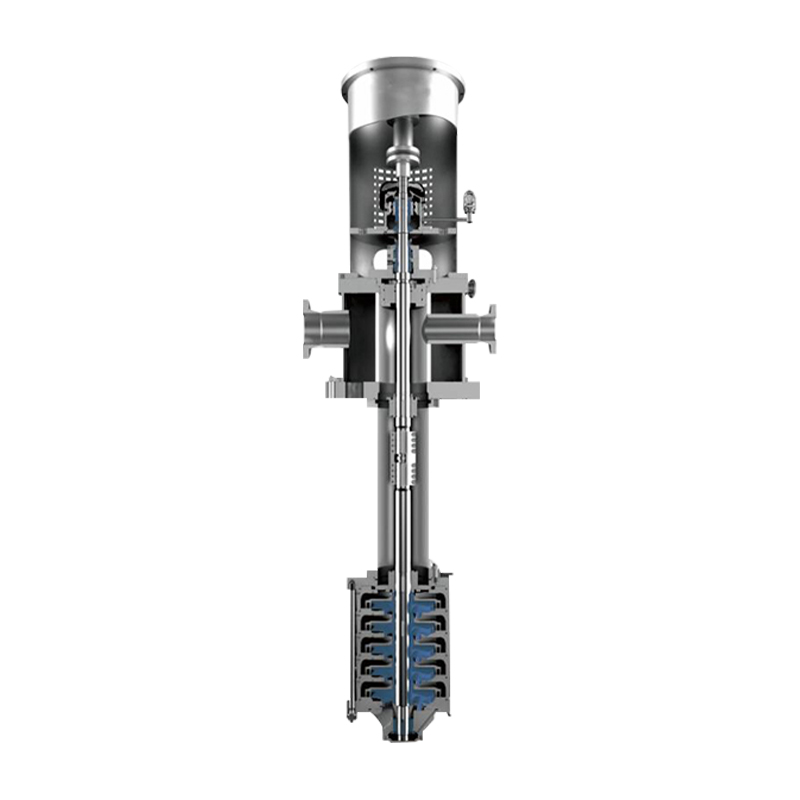
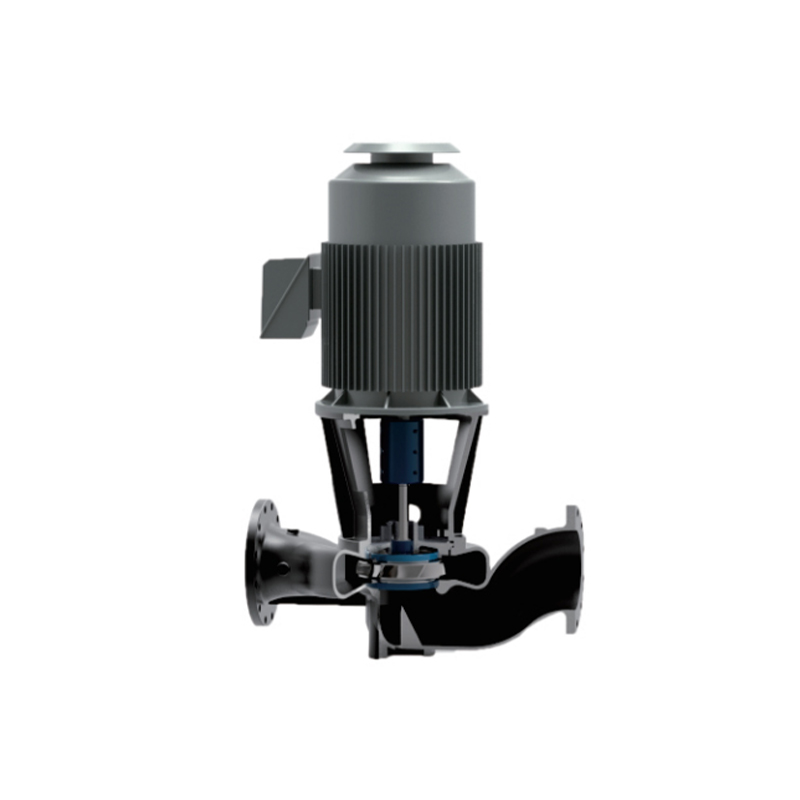
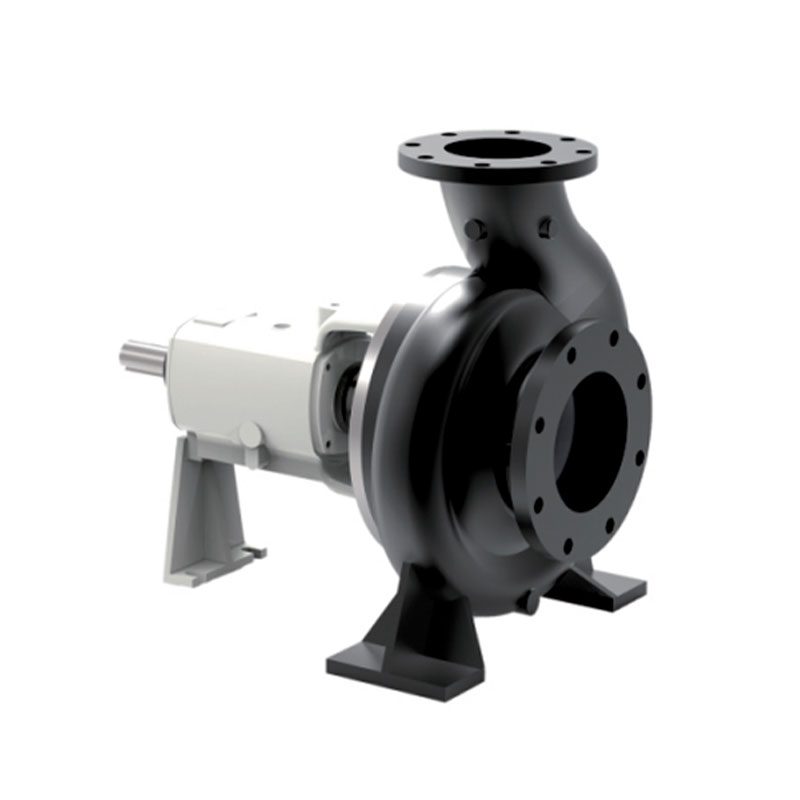
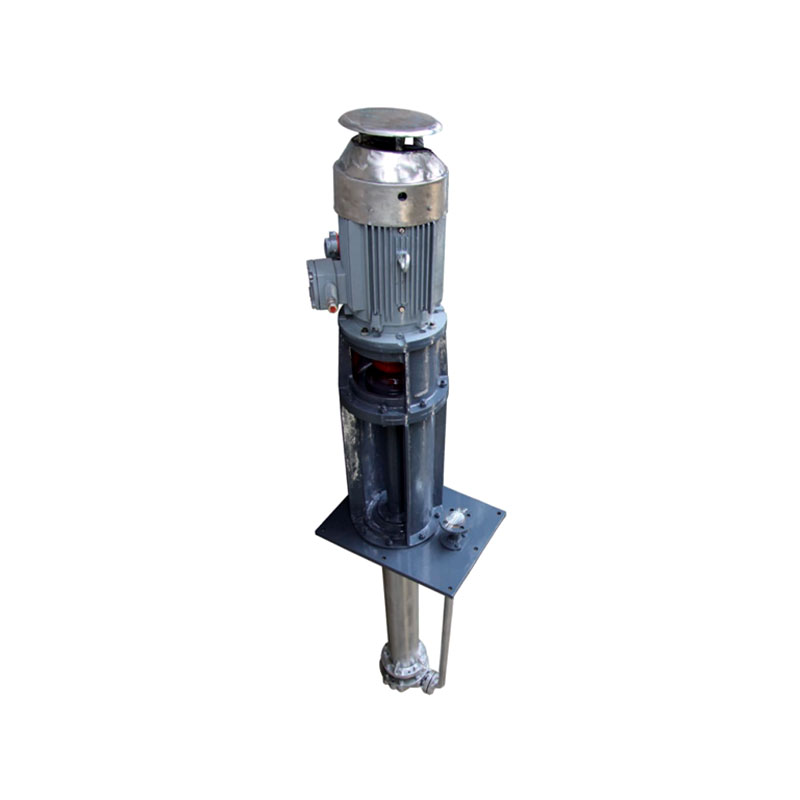
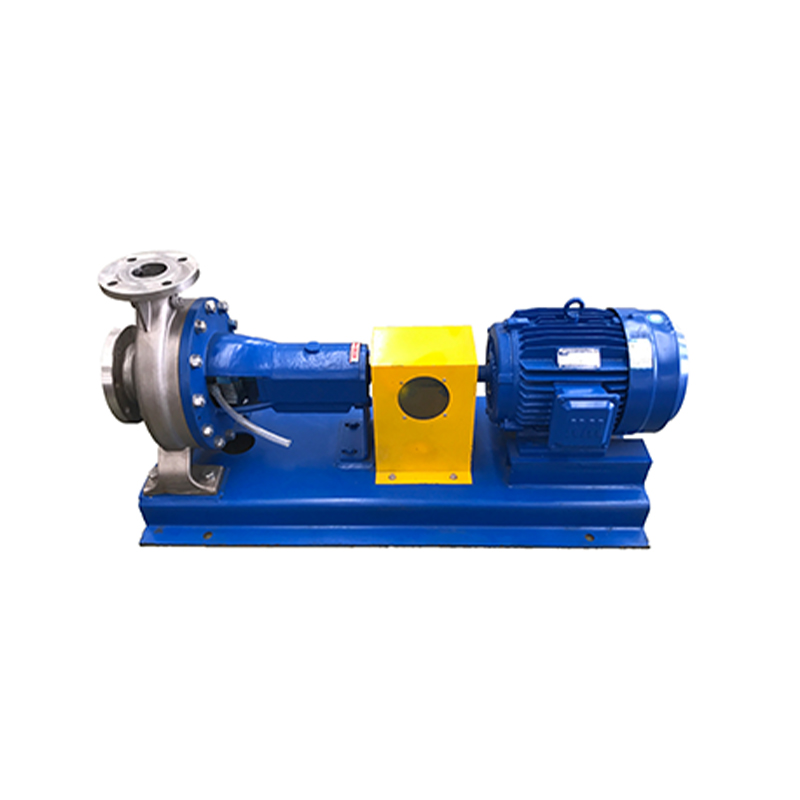

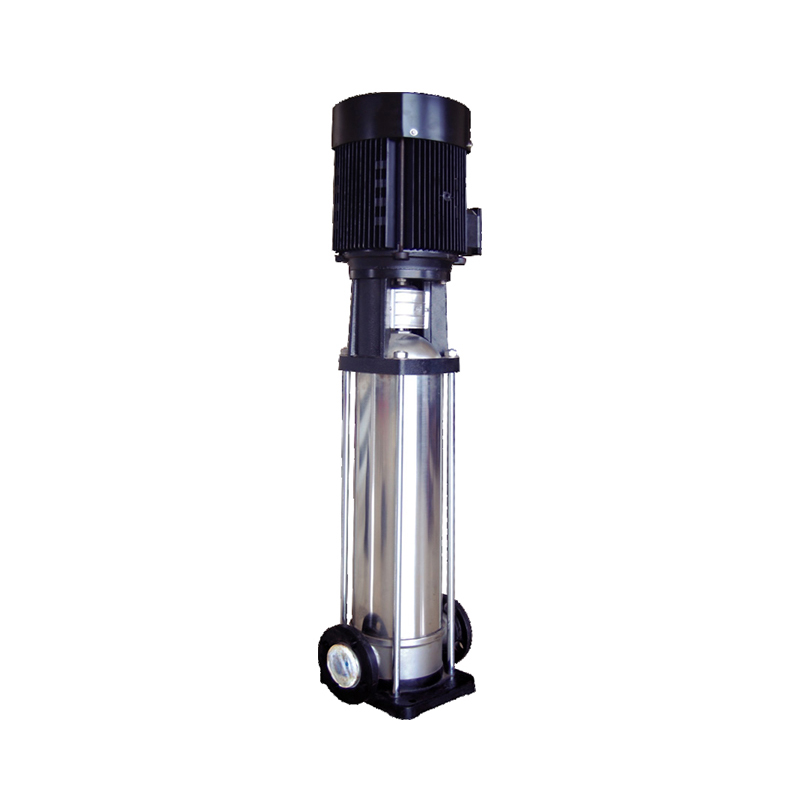






 ENG
ENG

 TOP
TOP